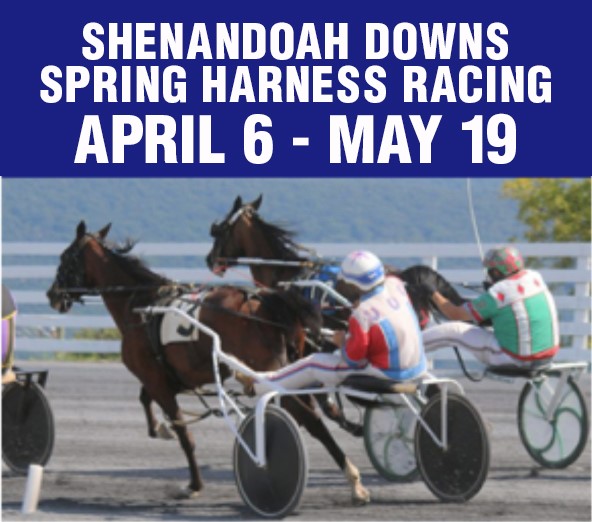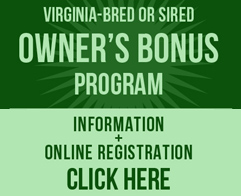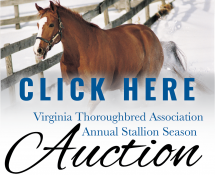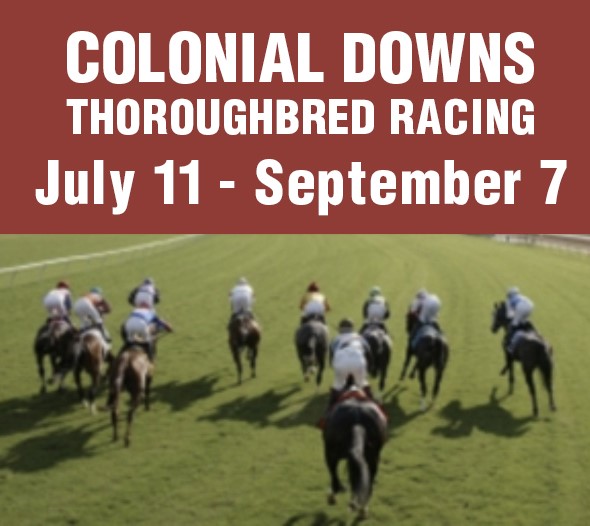The following appeared in The Paulick Report July 3rd and was written by Natalie Voss.
These days, it seems the answer to almost any question of Thoroughbred history can be found either in the stacks of the Keeneland Library or the archives at the National Museum of Racing and Hall of Fame. But there was a time when your average fan or journalist couldn’t access either.
In the 1950s, Virginia horseman George Ohrstrom saw this as a problem. Over the years, Ohrstrom, a book collector himself, became concerned at how difficult it was for people outside academia to access historical works about equestrian sport. He also realized the most important volumes were scattered across various public libraries and private collections around the country, including his own. In 1954, he founded the National Sporting Library in a small brick building in downtown Middleburg, Va., uniting equestrian and field sport histories under one roof.
Now, the library has grown to 26,000 books, documents, and works of art, housed in a multi-story building next to the National Sporting Art Museum. Its archives include numerous records of early American and British horse racing but include other country sports, too.
“I like to tell people that if it’s a sport that was practiced in a Jane Austen novel, we cover it here,” said John Connolly, head librarian. “As a matter of fact, we started seeing a lot of increased interest when Downton Abbey started showing steeplechase races and things.”
“We don’t have a regular operational acquisitions budget for the library. We’re reliant on whatever people bring us,” he said. “Everything in the collection is donated, not purchased, which means our collection is a reflection of the sporting public and always has been.
“A lot of our donations are brought in cardboard boxes. ‘This was in my grandmother’s attic, this was in my uncle’s basement.’ What we’re finding now is the younger generations generally don’t collect books, so when their parents pass, they bring those to us.”
(Connolly clearly hasn’t seen my office, but I have no doubt he’s right about the trend.)
The library has been lucky over the years to be gifted a number of rare volumes, housed in a climate-controlled basement room accessible by appointment only. Some of the books housed there tell the story of a stable or sport’s evolution over time. One of the most unique specimens is a ledger book kept in a barn near Paris from 1752 to 1766 tracking the horse and carriage expenses for a well-to-do family over the course of time. Connolly leafs through it carefully, showing visits from the farrier (who at that time, also served as a veterinarian), carriage repainting costs and also the family’s change in fortune as the French economy changed after the French and Indian War.

The ledger book is dotted with burns from candle embers and records horsekeeping expenses from the 1700s
“Almost all of the entries are for hay and oats, which tells me in 300 years of owning horses, not much has changed,” Connolly joked.
Visitors can trace the evolution of racing over time, too. Connolly gestures to shelves full of bound editions of The Spirit of the Times and Turf, Field and Farm newspapers. Both were based in New York and were among the top five in circulation in the state in the mid- to late 1800s. Both predated The Jockey Club and tried their best to report on racing and breeding news despite having no centralized recordkeeping system. In fact, the rival publications relied on volunteers around the country to record and mail in results from race meetings or write up short news items which could include turf news, gossip, cattle price updates, or tips for fishermen.
Although it’s clear horse racing was taking place in the United States prior to the 1890s, Connolly said it’s very difficult to track. Horses sometimes changed names when they changed owners (which could happen frequently), and some were recorded as part of pedigrees by their physical descriptions if they had no formal name. In later decades, horsemen were left to puzzle over pedigrees that could be composed in part of entries like ‘Mr. Smith’s Gray Mare.’ And there was another problem.
“A lot of research materials from antebellum racing get lost with the Civil War,” said Connolly. “You see with the American stud book, they start in the 1870s. There’s a significant attempt later to fill the gap from 1861 to 1870, which was never recorded, and trying to trace those bloodlines. The impact of the Civil War was tremendous on record-keeping.”
The good news for a researcher of a successful racehorse during this period is that a popular runner usually stuck around season after season at a time when a horse could win more on the track than he could earn in the stud barn.
“Now, the perspective is you get some really good wins, you immediately retire the horse and put him out to stud because he’s more valuable. That wasn’t the perspective back then,” Connolly said. “A lot of these horses, they get retired because no one wants to race against them anymore because they’re completely unbeatable.”
Although the rare book room is primarily books and periodicals (the oldest one being a book on the rules of dueling, published in the 1500s), it contains a few other horsey treasures, too. Connolly pulled a small leather-bound book with gold gilt-edged pages. It was a copy of the Bible from the 1800s, but when one side of the closed book was pressed down and lifted back slightly, a detailed painting suddenly became visible along the sides of the pages.

With a tilt of the pages, a foxhunting painting becomes visible along the edge of this book
Librarians have discovered these ‘fore-edge’ paintings sometimes quite by accident on books already in the collection., One can only see them when the pages are angled and pulled back slightly but not open. The Library contains a series of books with a variety of watercolors added in this manner—some depicting hunting, fishing, and falconry, and one showing a steeplechase. Books were not purchased this way, but rather paintings were done at home with the assistance of a special clamp that would allow the painter to add layers of pigment to the very far edges of the book’s pages. Most fore-edge paintings show landscapes or religious iconography, but the owner who donated this set to the Sporting Library had other images on his or her mind.
One of the most fascinating items in the rare book room is a panoramic scroll by illustrator Henry Thomas Alken titled ‘Going to the Epsom Races.’ A thin strip of illustrated paper was designed to be viewed through a slit in the paper’s round wooden case and wound across the slit to create a sense of movement – sort of like a precursor to children’s viewfinder toys.

Connolly holds a segment of the Alken illustration of a trip to the races at Epsom
Alken wanted to give people the sense of what it was like to travel to, and arrive at, Epsom on the day of an important heat. The start of the scroll shows people and horses in working class attire and carriage. A few people are riding to the races in a hay wagon, their faces peeking out from a green pile. As the scroll continues, the race patrons become higher class, but there is a feeling of mayhem beginning. A gentleman is shown running across the landscape chasing his riderless horse. A group of carriage horses are beginning to spook, upsetting the fancy ladies behind them. One particularly well-coiffed fellow is on the ground, nearly underneath his bucking horse. As the racecourse becomes visible, the travelers fade away and you see the start of a two-mile heat on the Epsom turf course.
“Alken loved to depict the disastrous, untrained gentleman rider who had no idea what he was doing on horseback. Anywhere that riders are saying, ‘We know what we’re doing’ he’s there to say, ‘No you don’t,’” said Connolly. “These [scrolls] were tremendously popular in the early 19th century when people were beginning to play around with optical illusion. The intention is to give you some light entertainment as you come in, but then to give you the impression of what it would look like if you were actually there. That became the guiding principle for this method of portrayal, the panoramic view.”
Connolly hopes one day some of these rare treasures can be available to the public digitally. The library is completing a multi-year reorganization and cataloguing of its many volumes, and there are several which need to be painstakingly restored. Although demands on time and funding are great, he envisions digitizing some of the older resources in the rare book room, but it’s not a simple task. Old books can’t be opened and pressed flat on a conventional scanner. Libraries looking to digitize delicate pages must invest in a high-resolution camera to capture an image of each page from above. Once hundreds of images are taken to capture a book, those large digital files must be stored somewhere, and a software system implemented to allow someone to access them through the library’s website. It’s a daunting task, but one which librarians around the country are embarking on, one volume at time.
In the meantime, if you want to see the treasures in the library’s basement, you’ll need to take a jaunt to Middleburg – a great excuse to visit Virginia’s horse country.
New to the Paulick Report? Click here to sign up for our daily email newsletter to keep up on this and other stories happening in the Thoroughbred industry.
Copyright © 2018 Paulick Report.







